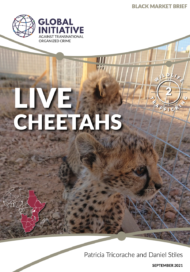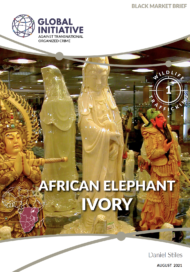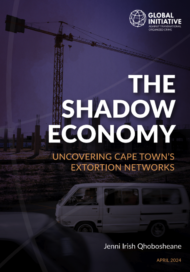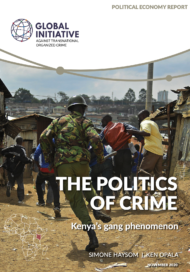Posted on 22 Sep 2021
Wild cheetah populations are in net decline, and if the current rate of trade persists, the species is headed for virtual extinction.
Approximately 300 cheetahs a year are smuggled out of East Africa and the Horn – the main supply area – mainly as pets for the palatial residences of royal families and the wealthy in the Middle East, representing an annual loss of over 4% of the cheetahs’ population. High profits drive the trade: a healthy, tame cheetah cub can command up to US$30 000 at the end of the trade chain, while the poacher in Somalia might gain 1% of that.
The live cheetah trade systems, methods, and trade chains display fundamental differences between southern Africa and East Africa/the Horn. Southern Africa is largely a regulated legal system in the key exporting country (South Africa) based on captive breeding, while East Africa/the Horn is an unregulated illegal trade system involving capture in the wild and smuggling. These basic differences result in somewhat different trade chain structures, actors within them, methods of supply, and prices at the different points.
This is the second in a series of briefs that examines market dynamics and prices of selected live and derivative products in illegal wildlife trade (IWT). These briefs are intended to present a current snapshot of product supply factors in East and southern Africa, demand levels in consumer countries, the impact on species population numbers and overall conservation status.
These black market briefs will also consider how externalities such as statutory changes, economic conditions or the COVID-19 pandemic might influence market dynamics and prices. Market dynamics include description of the product, supply sources, means of acquisition, identification of the perpetrators, quantities traded, transport methods and routes, and changes in these elements over time.




